#yumi mizuno
Text

Fandom: Maria-sama ga Miteru
Sample Size: 105 stories
Source: AO3
#sei satou#yumi fukuzawa#sachiko ogasawara#shimako toudou#yoshino shimazu#youko mizuno#rei hasekura#noriko nijou#eriko torii#touko matsudaira#maria sama ga miteru#maria watches over us#fanfiction#ao3#statistics#phantom statistician
12 notes
·
View notes
Text
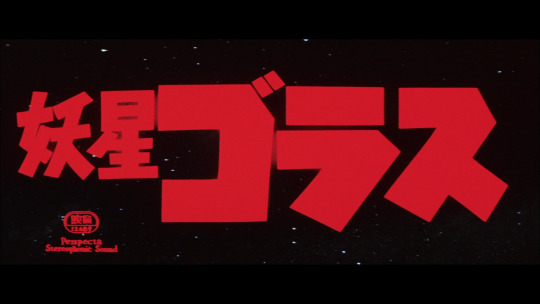
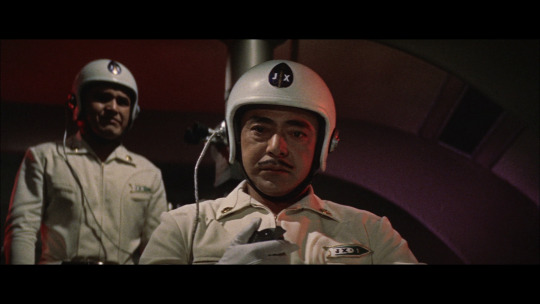
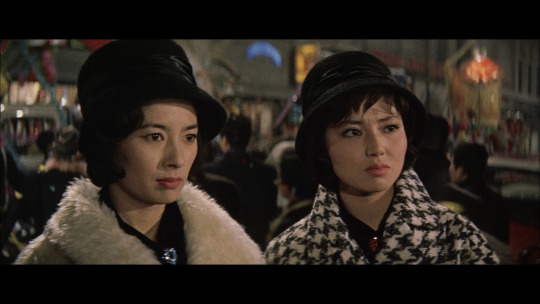


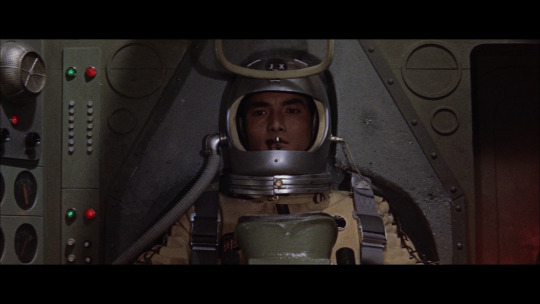

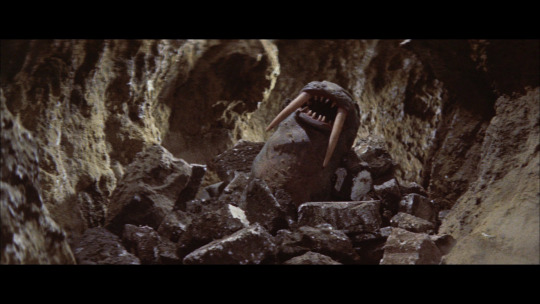
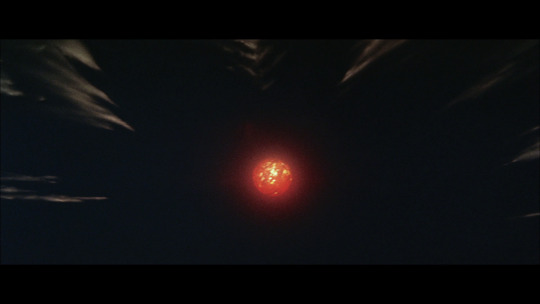

GORATH 妖星ゴラス (1962)
Toho Kaiju/SFX 2 Disc Blu-ray set 2022
#妖星ゴラス#gorath#Yumi Shirakawa#Ryō Ikebe#Akira Kubo#Kumi Mizuno#Akihiko Hirata#Kenji Sahara#ishiro honda#eiji tsuburaya#tsuburaya#science fiction#sci-fi#toho#toho films#natural disasters#tokusatsu#film#gallery#import#blu-ray#physical media#maguma#sfx
147 notes
·
View notes
Photo
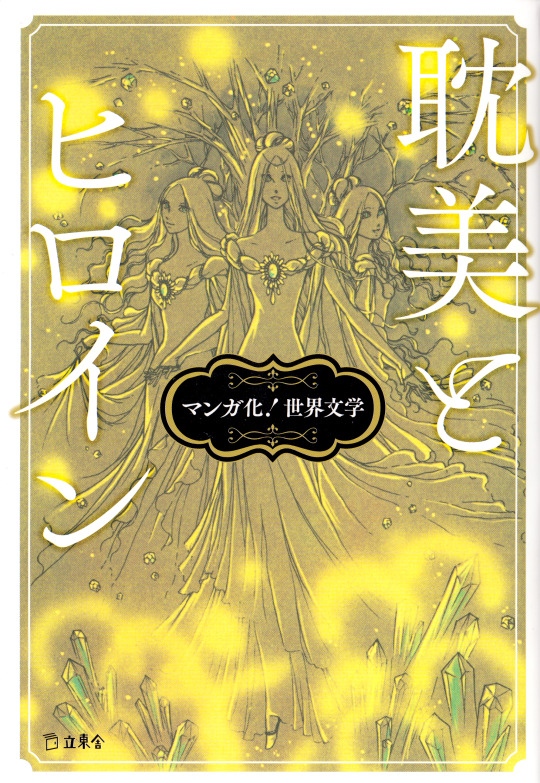
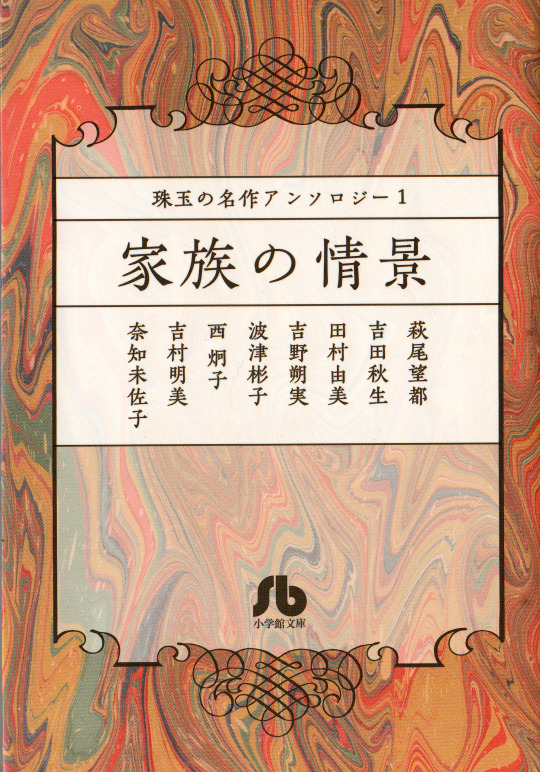
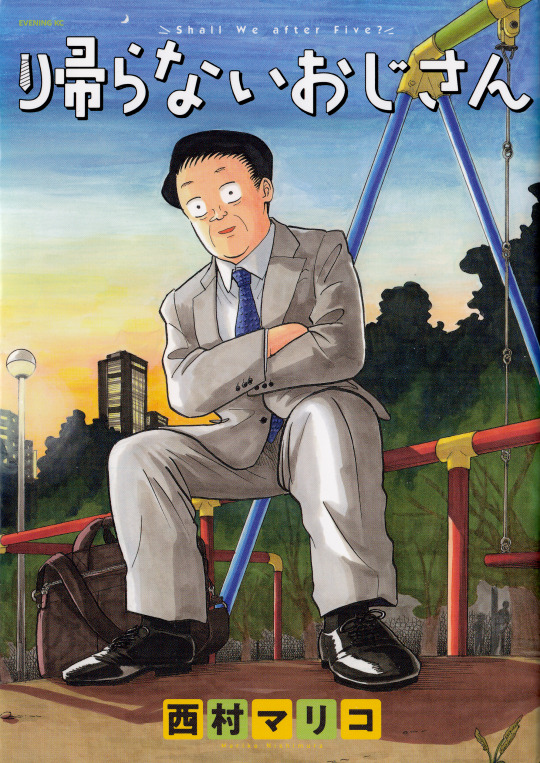

March 2023 Roundup!!
I knew the day would come but not this abruptly. The predicted decrease in my personal consumption of English licensed manga already came true (I read a record low 4 volumes of English manga in all of March) anddddd with the upcoming closure of Bookdepo, and imported books from america costing more and more I don’t think my commitment to english licensed manga will ever be the same. Luckily my favorite comic bookstore is still thriving and my local library system has done a huge effort in expanding their manga selection this past year so I won’t stop reading, but my personal collection of translated manga will not get much bigger. My Japanese collection however...
I’m back to reading curated anthologies. One that got instant buzz was Mangaka! Sekai Bungaku: Tanbi to Heroine curated by Tosho no Ie and Hideo Yamada. This anthology is a selection of 1970-80s Shoujo manga adaptions of world literature (by “world” read Japan, Europe, and North America). The obvious star is Hideko Mizuno. The woman who raised the bar for what dramatic girls manga could be. For a long time she’s been away from the spotlight but recently has had a resurgence which led to the reprinting of her 1969 hit “Fire!”, the saga of a fictional Detroit rock band and its troubled lead man, Aron.
The above mentioned anthology features her retelling of Cinderella which she based on the Brothers Grimm version. Her art in this story is so elegant and lavish I really hope the plans to reprint the rest of her bibliography is successful so I can read even more. Check the anilist page to see who else is featured in this anthology!
I’m also working through the 7 volume Shogakukan Shugyoku no Meisaku Anthology. Each volume is curated by themes such as “family”, “partings”, “tears” or “cats”! Its features primarily works and artists who are regulars in Shogakukan’s family of “Flowers” magazines aimed at girls and adult women of various ages and niches. Its very sneaky how its curated however using chapters from episodically serialized works. Regularly featured in the volumes are Moto Hagio, Akimi Yoshida, Akiko Hatsu, Yumi Tamura, and Keiko Nishi. I’ve really loved the picks so far the genres, settings, and themes are varied and span decades. Among the artists I’m reading for the first time through this series I’ve become very interested in exploring the bibliographies of Sakumi Yoshino and Misako Nachi once I get the chance. Check the anilist page to see the full table of contents!
And I love highlighting something silly and fun I read. Kaeranai Ojisan by Mariko Nishimura is a gag manga about a group of middle aged men coping with a world that is trying to move on from the aggressive work ethic of the Showa era, by replacing overtime with... after work playtime. Together they do trust falls, skipping rocks on the water, stand in the middle of a train station in the middle of rush hour to feel like they’re in a drama, sword fighting with sticks, and practice NiziU choreography. Currently there’s a sequel series running and it recieved a short live action adaption fall of last year.
And I never formally said anything but Tokimeki Tonight is temporarily away from this blog until I do a reread. The caps were practically at the end of the Ranze arc and my Japanese has come a loooong way since I first read it so I want to go through it again with fresh eyes. In the meantime I will post from the side story Makabe Shun no Jijou! This 2013 miniseries shows us a bit of Shun’s childhood before the series started and what some of the main series chapters were like from his perspective. A cute little addition to the Ranze arc’s canon.
Thank you for reading as always. Just feel the need to share that I’m moving away from licensed manga since that was such a significant focus of this blog and these roundups for so long. But its time for new priorities now that I personally don’t need translations for accessibility and buy manga licensed mainly bc it’s less of a logistic headache to acquire.
22 notes
·
View notes
Text
ファック ホールズ フロム ホンコン
ファック ホールズ フロム ホンコン
スタジオ: Nippon
時間: -
女優: Yumi Ryo Hirase Arisu Mizuno Honami Ishiki Kani Mimura Maiko
DVD・DVD販売サイト【DVD村】
DVD正規販売のDVD村です。動画ダウンロード$1.49!サンプル動画あり、ブルーレイ、DVDあり。
0 notes
Text
ファック ホールズ フロム ホンコン
ファック ホールズ フロム ホンコン
スタジオ: Nippon
時間: -
女優: Yumi Ryo Hirase Arisu Mizuno Honami Ishiki Kani Mimura Maiko
DVD・DVD販売のDVDハッピー
DVD・DVD販売のDVDハッピーは、DVDを大量に扱っています。一律$1.95 懐かしいDVDから最新のものまで豊富な品揃えで販売しています。
0 notes
Photo

Autor: Paulina Gryc
11 notes
·
View notes
Audio
Mahoro De Mambo - Mahoromatic: Automatic Maiden - Music Version 1
#Triomatic#Music#Gainax#Anime#Soundtrack#Mahoromatic#Mahoromatic: Automatic Maiden#Manabi Mizuno#Asami Sanada#Yumi Kikuchi
4 notes
·
View notes
Photo

Gif for @handlarziluzji
#patrontale#gif#animation#short#cute#jelly#undertale#fanart#digital art#sai#undertale au#yumi mizuno#handlarz iluzji#blog#miszmasz#girl#pet#glasses#pink#love
10 notes
·
View notes
Photo


her new neighbor came by to introduce herself, her name is yumi! haruka finally managed to cook up some food as a welcoming gift by the time she got there
#i made yumi as well and i love her very much#ts4#the sims 4#simblr#the sims 4 gameplay#mizuno family#mine
1 note
·
View note
Text
A Profile on Ōkura Teruko
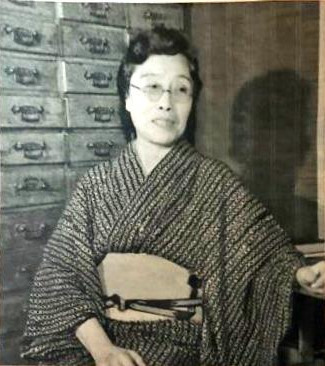
Ōkura Teruko (大倉燁子 , April 12, 1886 – July 18, 1960), born as Mozume Yoshiko (物集芳子) was a Japanese mystery novelist of the Shōwa era. She has often being claimed as the first Japanese female mystery novelist.
Biography
Teruko was born in Tokyo on April 12, 1886 as the middle child to a family of literary scholars. Her brother and her father were both scholars of Japanese literature while her sister would later be known as a novelist and a feminist.
Because of this, she has been surrounded by the literary greats of the Meiji era from a young age. Her parents sent her and her sister to study writing with the novelist Futabatei Shimei (二葉亭四迷, 1864 - 1909). However, in 1908 the Asashi Shimbun sent Futabatei to Russia which left the sisters without a mentor.
Because of this, Futabatei asked a friend of his, Natsume Sōseki, to continue mentoring the Mozume sisters. With this, both of them finally can continue learning to write. During a period between 1901 to 1912, Teruko would publish her works using the name Iwata Yumi (岩田 由美) and Iwata Yuriko (岩田 百合子) while still under the mentorship of Natsume.
Sometime after her apprenticeship, she would marry a diplomat who worked under Sawayanagi Masatarō. While stationed in England with her husband, she would discover the works of Arthur Conan Doyle which may have sparked her interest in mystery fiction. After her trip to England however, things went somewhat downhill. Her husband then divorced her and during this period, she began to study the art of nagauta. Nagauta (長唄) itself is a type of traditional Japanese music best described as a shamisen accompaniment to kabuki plays. A far distance from the fiction she wrote before.
But then, Teruko found a new mentor in two mystery novelists of the time, Morishita Uson (森下雨村, 1890 - 1965) and Ōshita Udaru (大下宇陀児, 1896 - 1966). With the two of them she started to write in this new budding genre at the time of detective fiction. With her mentoring, she would begin to publish her mystery stories to several publications in the country. Her debut work Dancing Shadow Puppets (踊る影絵) was a collection of strange stories written by Teruko, first published in 1938 and gained popularity, Teruko was advertised as "A comet in the world of detective fiction". Edogawa Ranpo, a fellow mystery writer had commented on this new and upcoming writer.
「Her first collection of short stories, "Dancing Shadow Puppets" are not full-fledged detective novels. The author's interests seems to be mainly focused in the horrors dwelling within the abnormal mind. Subjects such as death, psychic phenomena, and women dressing up in men's clothes stand out. (...) I think the best story in this collection is "Dancing Shadow Puppets" itself, while not all of the stories in the collection are good (...) I will look forward to the day where she continues to work hard and become the Agatha Christie of Japan.」
- Edogawa Ranpo, Review of "Dancing Shadow Puppets" (1938)
With great praise from peers, Teruko continued to write and her popularity steadily grew, she never wrote full novel-length stories but continued writing short "strange" stories as she would put it. Her next hit story would be The Cursed Phantom Dog (呪いの妖犬) in 1951 which I will talk about later down the line.
Unfortunately however, in 1960 she would pass away without becoming the "Japanese Christie" that Ranpo had hoped she would become, since then she fell into obscurity until her introduction in the Bungō Stray Dogs series. Like her nickname, she truly was a comet in the Japanese mystery novel scene.
Literary Work: The Cursed Phantom Dog

The Cursed Phantom Dog (呪いの妖犬, Noroi no yōken) was a short 11-page long story written by Ōkura Teruko published in the "Sea of Tales for Boys and Girls" magazine in 1951.
The story tells the tale of Haruo, someone living in the Mizuno family villa and Michiko, who lives in the Hiramatsu family villa. Haruo one day finds the Hiramatsu family's grandfather passed out under a rose arch at the Hiramatsu family villa. When Haruo came to invesitgate, the grandfather continued his mad ravings about seeing a horrible black dog with its mouth filled with flames.
Haruo immediately headed home and talked to his brother Shōichi about the situation and the large footprints found nearby. Shōichi immediately knew what was going on and told Haruo about an old legend. In the legend, it is said that back in the day the Hiramatsu family's patriarch was considered violent and murderous. The dog itself apparently belonged to the patriarch from long ago.
The story is very much reminiscent of a different story but from the English-speaking world. The Cursed Phantom Dogs was not a story purely created by Teruko's imagination but, is also partially a retelling of Sir Arthur Conan Doyle's work "The Hound of the Baskervilles" published in 1902.
This inspiration however does not make Teruko a "bad writer" in any sense. Writers from all over have drawn inspirations and retold stories through a new lens. Teruko's praise early on into her career showed that her writing skills had merit. However, it is always unfortunate when many important writers like her are forgotten to time.
This is a repost of my own work: Link
#bungo#bungo stray dogs#bsd teruko#teruko okura#japanese literature#mystery novel#velvet's writer profiles
67 notes
·
View notes
Photo

"From the left: Toho studio actresses Akemi Kita, Misa Uehara, Yumi Shirakawa, Kyoko Kagawa,Yoko Tsukasa, Reiko Dan, Izumi Yukimura, Kumi Mizuno, Sonomi Nakajima posing for a New Years 1960 photo card. The background represents "Battle in Outer Space" (1959)"
148 notes
·
View notes
Photo
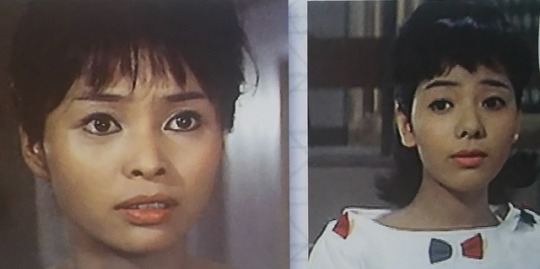



#Godzilla#ゴジラ#Heroine#浜三枝#若林映子#水野久美#白川由美#星由里子#Mie Hama#Akiko Wakabayashi#Kumi Mizuno#Yumi Shirakawa#Yuriko Hoshi
66 notes
·
View notes